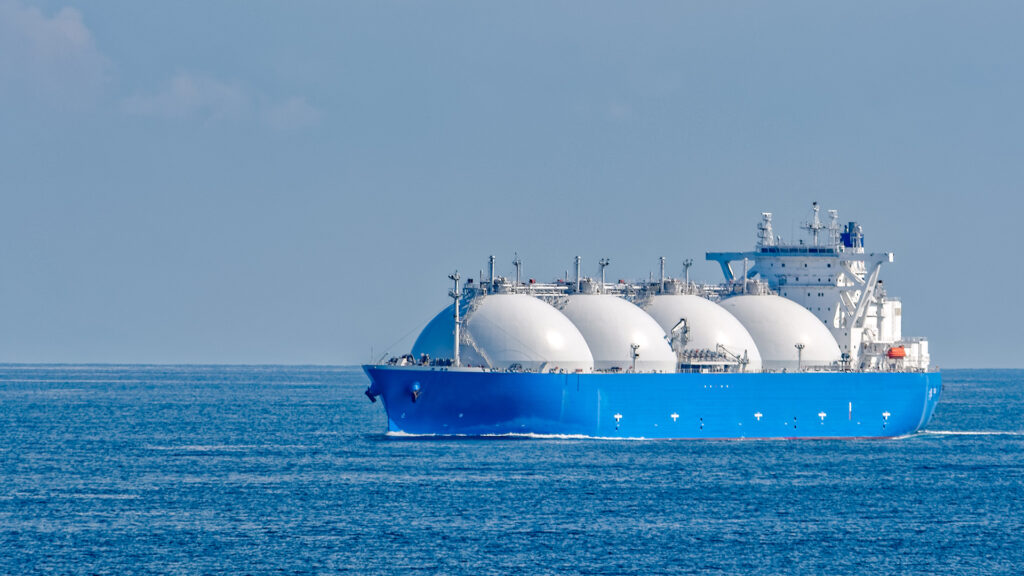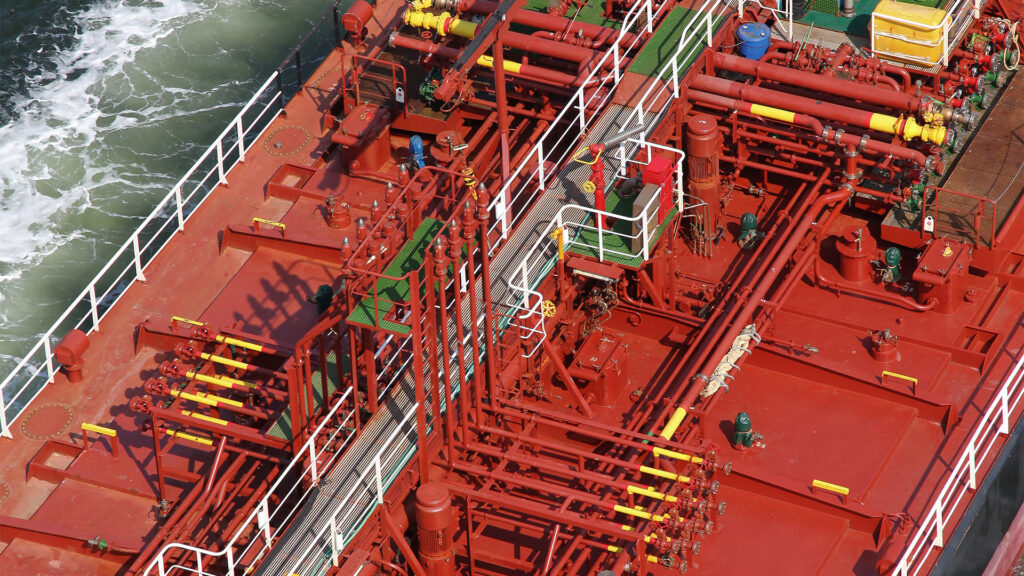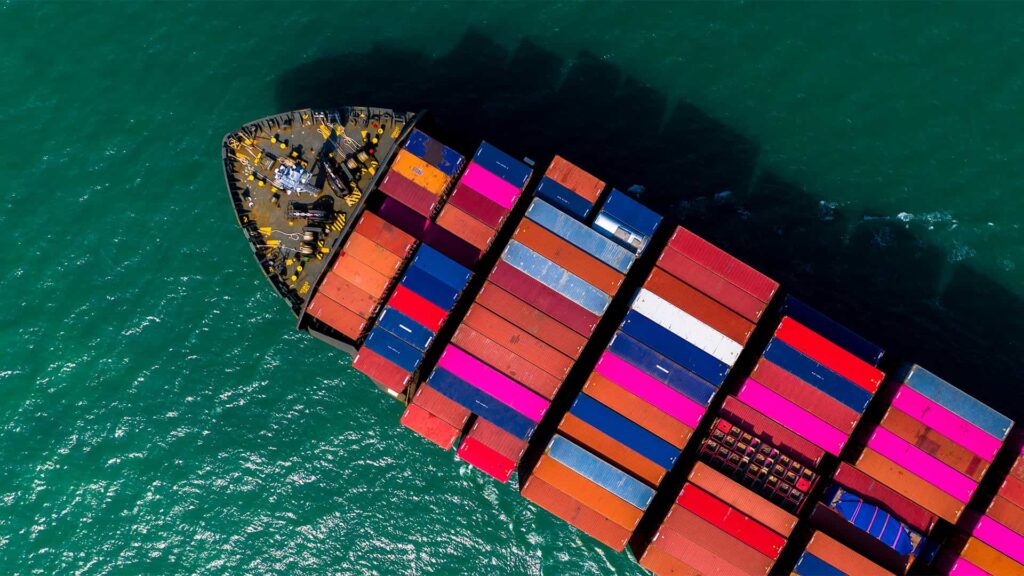Update on Australian Shipping Reform: Navigation and Coastal Trading Bills
In late December 2011, the Department of Infrastructure and Transport released exposure drafts of the Navigation Bill 2012, Coastal Trading Bill 2012 and the Coastal Trading (Consequential Amendments and Transitional Provisions) Bill 2012 for stakeholder comment.
The Bills represent the first steps taken by the Federal Government to implement the shipping industry reforms package announced by Minister Albanese in September 2011 (As reported in our October 2011 Briefing “Australian Shipping Industry Reform: Long Awaited”). There are further bills due to be released shortly which will address the tax reforms, the establishment of an Australian International Shipping Register and the ‘harmonization’ of domestic commercial vessel safety. The Federal Government is aiming to have all shipping reform legislation in force by 1 July 2012.
The Navigation Bill
The Navigation Act 1912 is an important piece of legislation regulating a wide range of marine matters which primarily include ship safety and marine environment protection, seafarer safety and employment and the coastal trade. However, the Act is old. It has now been recast in plain language and simplified to reflect current drafting standards. Outdated provisions have been removed to bring the Act in line with current conditions and practices and the contemporary industry. To make navigating the Bill easy, each chapter contains a summary outline and a clear statement about which vessels the chapter or part applies.
Main Changes
Coasting Trade
One of the most significant changes is the removal of Part IV ‘The Coasting Trade’. The coastal shipping reforms which include the substitution of the current licence and permit system with a simplified three tier licensing framework will be embodied in a ‘standalone’ Coastal Trading Bill (discussed below).
Application
The Navigation Bill introduces the concept of a “regulated Australian vessel” which, in general terms, is defined in the Bill as an Australian registered vessel which is not a recreational vessel and is proceeding on an ‘overseas voyage’. The definition of ‘overseas voyage’ has also been simplified. A voyage is an overseas voyage if in the course of the voyage the vessel is present outside the outer limits of the EEZ* (Exclusive Economic Zone) of Australia. However, the change in definition is unlikely to have any impact on the number or type of vessels covered by the Navigation Bill.
The Bill applies to:
- ‘Regulated Australian vessels’ at all times. The intention here is to ensure that vessels with Australian nationality comply with all relevant ship and marine environment safety standards and requirements whilst on the ‘high seas’.
- All foreign flagged vessels (including those engaged in the off-shore industry) in Australian waters regardless of the voyage the vessel is undertaking, other than in the course of innocent passage.
All vessels are required to comply with provisions in the Bill regarding obligations to render assistance or report dangers to navigation.
Lighthouses Act 1911 – Aids to Navigation
The Lighthouses Act 1911 has been absorbed into the Navigation Bill and will, as a result, be repealed.
The definition of ‘aid to navigation’ as it currently appears in the Lighthouses Act has been changed to include modern forms of technology for navigation aids. For example, the new definition expressly includes satellite navigation and global position systems. These terms are likely to ‘catch’ marine navigation aids such as the Automatic Identification System (AIS) and Global Navigation Satellite System (GNSS). The new definition is intended to be sufficiently wide and flexible to remain contemporary, that is, to continue to cover further technological developments.
Recent amendments to the Navigation Act imported into the Navigation Bill
Civil Penalty Regime – safety and marine environment breaches
Recent amendments to the Navigation Act by the Maritime Legislation Amendment Act 2011 introduced new offences relating to actual or potential pollution or damage to the marine environment. A civil penalty regime for these and existing offences was also introduced. These changes, have been replicated in the Navigation Bill. Under the civil penalty regime, AMSA is empowered to seek the imposition of civil penalties. The penalties are significant particularly where the contraventions are ‘aggravated’, i.e. where they have caused or had the potential to cause serious harm to the marine environment. For example, the maximum penalty for a Master who is found in breach of such provisions is now A$660,000. The higher penalties are intended to act as a deterrent to unscrupulous operators.
Seafarer Employment Provisions – Maritime Labour Organisation
The recent changes made to Part II of the Navigation Act by the Navigation Amendment Act 2011 which address employment agreements and working conditions of seafarers have been imported – in a simplified form – into the Navigation Bill. Slightly higher civil penalties for breaches have now also been introduced. The inclusion of these employment provisions in the Navigation Bill will ensure compliance by all regulated Australian vessels with the Maritime Labour Convention 2006 (‘MLC’), which has been ratified by Australia (The Convention does not come into force until 12 months after it has been ratified by 30 countries. To date, 20 countries have ratified the Convention). The MLC sets minimum requirements for seafarer safety and employment conditions on ships. Measures will need to be taken by all Australian registered vessels to ensure compliance when the MLC comes into force.
The Coastal Trading Bill
Focus
The Bill reserves the Australian coasting trade to licensed vessels, whether under general or temporary license, with extremely limited provision for emergency licenses.
Commercial implications
The Bill exhibits a strong policy direction towards vessels in the coasting trade operating under a general license. This is done by limiting the duration and number of applications for temporary licences and by restricting the “emergency” category to rare events such as natural disasters.
For cargo interests dependent on coastal shipping it will be imperative to plan a long term response including strategies to manage any additional operating cost, since calling in international vessels on a short term basis will cease to be an option after the transitional period.
Correspondingly, opportunities will present themselves for coastal shipping operators who are able to plan and operate a viable service within the constraints of volume, seasonal and other variability as well as capital cost. No doubt much hangs on the tax reforms yet to be seen.
If the tax reforms achieve the policy objective, both shippers and vessel operators should be able to put coastal shipping operations on a more certain mid/long term footing within the new framework.
There is an emphasis on public reporting for transparency, both commercial and administrative.
Administrative Guidelines (which in the past have presented troublesome issues for both industry and administration) will no longer be a key instrument in the regime.
Regulation will be relatively light handed, depending to some extent on the discretion to withhold, impose conditions on, or cancel, licences supplemented by a regime of infringement notices.
Single Regulatory Framework for domestic commercial vessel safety
Currently each State and Territory has its own safety regulatory regime that governs the safety of commercial vessel operations in Australia. A multitude of regulatory systems can create inefficiency and in cases where businesses operate across different jurisdictions, unnecessary burdens are imposed due to the need to comply with different sets of rules.
The Marine Safety (Domestic Commercial Vessel) National Law Bill 2012 (due to be released shortly) will implement the decision of COAG (Council of Australian Governments) to create a single national law to regulate the safety of domestic commercial vessels. The intention is for each State to ‘adopt’ the National Law through legislation in each State. This will ensure that one national law, including regulations and Marine Orders, applies Australia wide. Under the National Law, AMSA is given powers as the single national regulator but will be permitted to delegate certain functions to existing State maritime safety agencies.
The National Law Bill is due for release shortly and will cover commercial vessel safety, vessel construction and design, crewing and operations.
For more information, please contact Jenny Bazakas, Senior Associate, on +61 (0)3 8601 4599 or jenny.bazakas@hfw.com, or Hazel Brasington, Partner, on +61 (0)3 8601 4533 or hazel.brasington@hfw.com, or Robert Springall, Partner, on +61 (0)3 8601 4500 or robert.springall@hfw.com, or your usual HFW contact.
Download a PDF version of ‘Update on Australian Shipping Reform: Navigation and Coastal Trading Bills’










